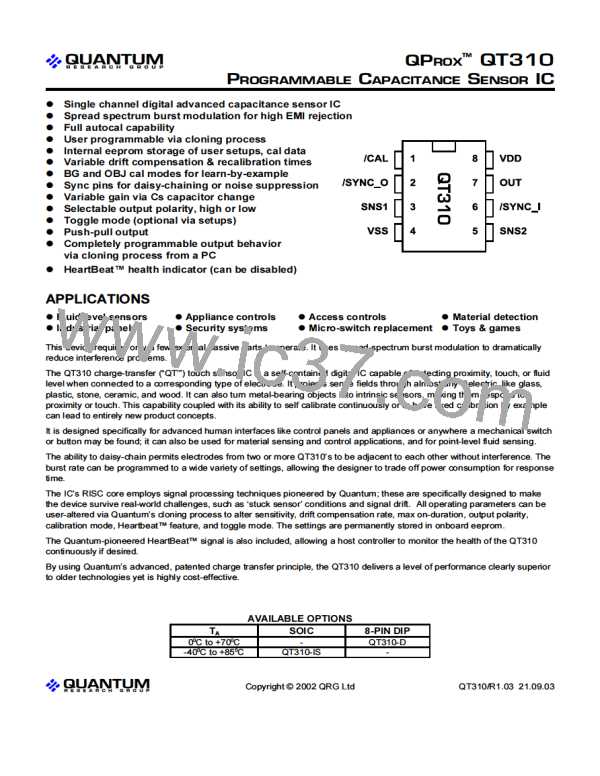Figure 1-8 Burst when SC is set to 0 (no sleep cycles)
(Observed using a 750K resistor in series with probe)
Figure 1-7 Burst when SC is set to 1
(Observed using a 750K resistor in series with probe)
doing so. Panel material can also be changed to one having a The number of pulses in a burst and hence its duration
higher dielectric constant, which will help propagate the field.
Locally adding some conductive material to the panel
(conductive materials essentially have an infinite dielectric
constant) will also help; for example, adding carbon or metal
fibers to a plastic panel will greatly increase frontal field
strength, even if the fiber density is too low to make the
plastic electrically conductive.
increases with Cs and decreases with Cx.
1.5.2 BURST
S
PACING: TBS, TSC
Between acquisition bursts, the device can go into a low
power sleep mode. The duration of this is a multiple of Tsc,
the basic sleep cycle time. Tsc depends heavily on Vdd as
shown in Figure 5-4, page 16. The parameter SC calls out
how many of these cycles are used. More SC means lower
power but also slower response time.
1.4.2 DECREASING
S
ENSITIVITY
In some cases the circuit may be too sensitive, even with high
signal threshold values. In this case gain can be lowered by
making the electrode smaller, using sparse mesh with a high
space-to-conductor ratio (Figure 1-3), and most importantly by
decreasing Cs. Adding Cx capacitance will also decrease
sensitivity.
Tbs is the spacing from the start of one burst to the start of
the next. This timing depends on the burst length Tbd and the
dead time between bursts, i.e. Tsc.
The resulting timing of Tbs is:
Tbs = Tbd + (SC x Tsc)
-or-
Tbs = Tbd + 2.25ms
where SC > 0
where SC = 0
It is also possible to reduce sensitivity by making a capacitive
divider with Cx by adding a low-value capacitor in series with
the electrode wire.
If SC = 0, the device never sleeps between bursts (example:
Figure 1-8). In this case the value of Tsc is fixed at about
2.25ms, but this time is not spent in Sleep mode and maximal
power is consumed.
1.5 TIMING
Figure 1-7 and 1-8 shows the basic timing parameters of the
QT310. The basic QT310 timing parameters are:
if SC >> 0 (example: SC=15), the device will spend most of its
time in sleep mode and will consume very little power, but it
will be much slower to respond.
Tbd
Tbs
Tsc
Tmod
Tdet
Burst duration
Burst spacing
Sleep Cycle duration
Max On-Duration
Detection response time
(1.5.1)
(1.5.2)
(1.5.2)
(1.5.3)
(1.5.4)
By selecting a supply voltage and a value for SC, it is possible
to fine-tune the circuit for the desired speed / power trade-off.
1.5.3 MAX
O -DURATION, TMOD
N
1.5.1 BURST
F
REQUENCY AND
D
URATION
The Max On-Duration is the amount of time required for
sensor to recalibrate itself when continuously detecting. This
parameter is user-settable by changing MOD and SC (see
Section 2.6).
The burst duration depends on the values of Cs and Cx, and
to a lesser extend, Vdd. The burst is normally composed of
hundreds of charge-transfer cycles (Figure 1-6) operating at
about 240kHz. This frequency varies by about 7ꢀ during the
burst in a spread-spectrum modulation pattern. See Section
3.5.2 page 13 for more information on spread-spectrum.
Tmod restarts if the sensor becomes inactive before the end
of the Max On Duration period.
LQ
5
QT310/R1.03 21.09.03

 QUANTUM [ QUANTUM RESEARCH GROUP ]
QUANTUM [ QUANTUM RESEARCH GROUP ]